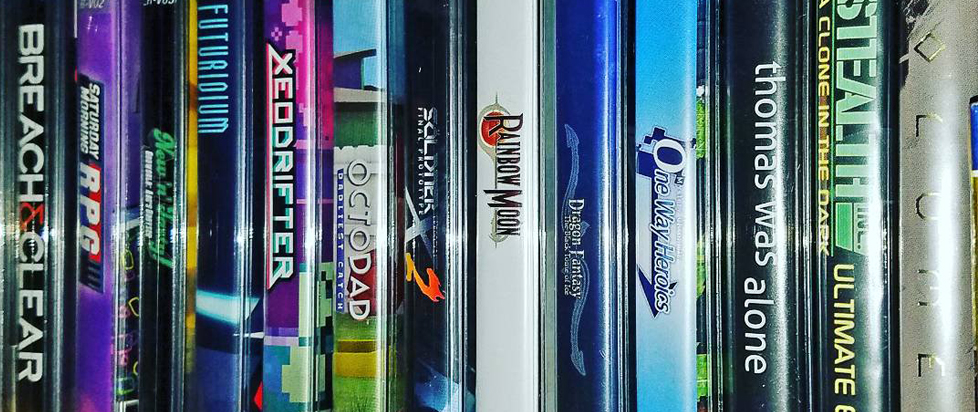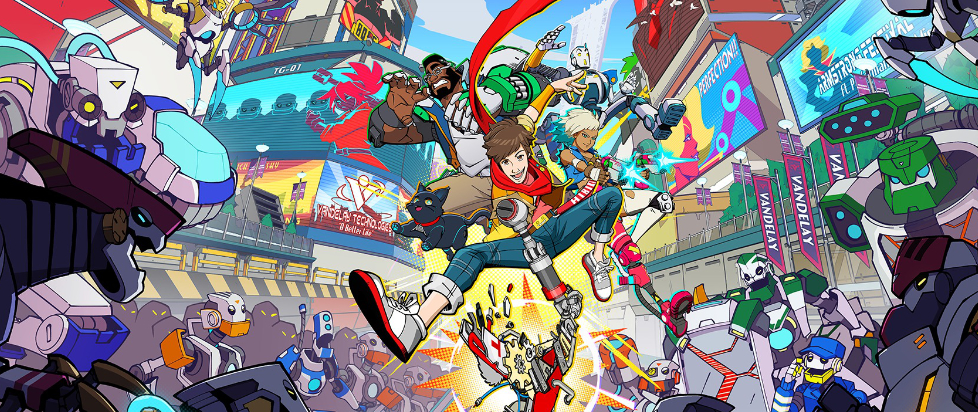
In Hi-Fi Rush, Style is Substance
This is an excerpt from the cover story of Unwinnable Monthly #165. If you like what you see, grab the magazine for less than ten dollars, or subscribe and get all future magazines for half price.
———
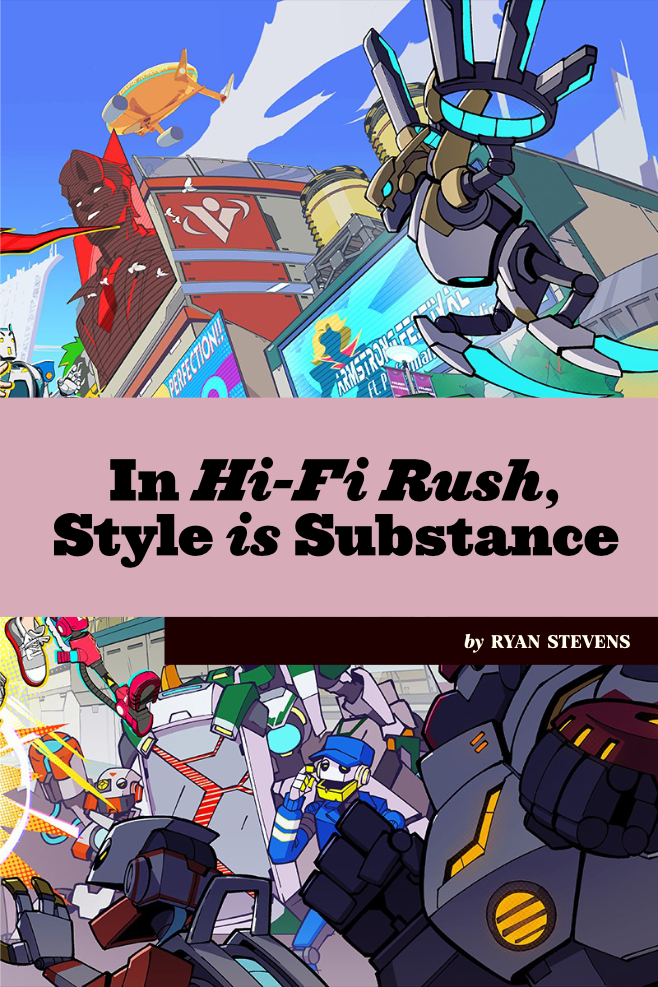
Early in 2023, Tango Gameworks’ Hi-Fi Rush had a shock release during its announcement in an Xbox Developer Direct presentation. The rhythm-action title became a hit, owing in part to the buzz-worthy unexpected debut, but its real staying power, and the reason word of mouth was such an effective force for its success, was just how distinct and unique it felt compared to major releases around the same time. Reviews for the game have heaped on positive comparisons to GameCube and Dreamcast-era idiosyncratic titles like Viewtiful Joe and Jet Set Radio. These accolades hit on the way Hi-Fi Rush incorporates all of its systems and its world into its eye-popping aesthetic. Hi-Fi Rush’s design decisions all emanate from its central comic booky visual style and its core commitment to its music – this fealty to its own style above all else gives Hi-Fi Rush a clear and distinct flavor amid a pool of major releases that continue to homogenize and blend into each other.
Being a rhythm-focused action game, Hi-Fi Rush has a clear responsibility to make sure the player can stay on-beat. An on-screen metronome can be toggled on and off for players who need the extra guidance, but the designers at Tango Gameworks cleverly decided to make sure everything in Hi-Fi Rush’s world moves to the beat of its music. Pipes hiss out steam, glowing lights on walls blink and flash, even protagonist Chai snaps his fingers, all in clear rhythm with the music playing in the world. The user interface even pulses on the same beat, meaning that with or without the onscreen metronome to mark time, players should be able to intuit, and more importantly observe, the rhythm of the world around them.
Characters move on-beat as well, so even if you the player aren’t in tune with the rhythm, Hi-Fi Rush still presents its action as though you are. Pressing buttons in time with the music will give you benefits, like extra damage on attacks or sustained boost on dashes done on beat, but whether or not your button presses are actually on tempo, Chai’s on-screen actions won’t break the rhythm. This ensures a smooth, uninterrupted visual experience with no moments of fumbling to upset the groove.
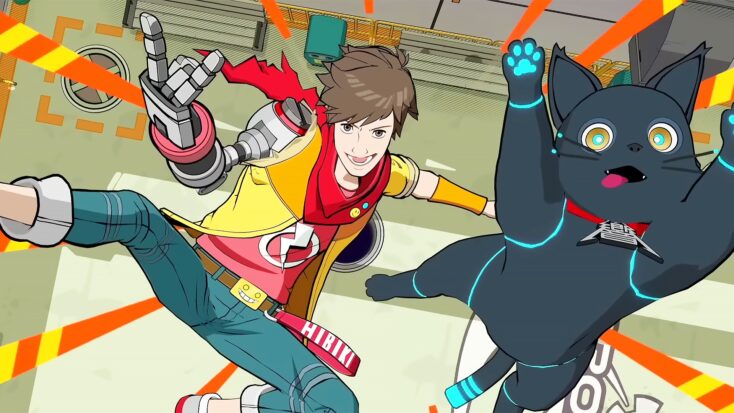
It helps that all of these note-perfect visual cues are rendered in a luscious comic book-inspired cel shaded style. 2D cutscenes flow into 3D gameplay seamlessly, and every character’s design instantly communicates their personality and vibe: Macaron is a huge man, but the softness of his curved shoulders emphasizes his “gentle giant” persona, and robot cat 808’s adorable roundness communicates its charm and status as your soon-to-be best pal.
The antagonists are likewise dripping in personality, from pro wrestler/head of production Rekka, who sports a literal championship belt around her waist, to head of R&D Zanzo, whose elaborate poses and gesticulations make him a walking, talking reference to the similarly aesthetically-minded manga JoJo’s Bizarre Adventure. Every character leaps off the screen with major details and bright, showy outfits to match their outsized personalities. No opportunity for more personality is missed.
One of the biggest selling points to Hi-Fi Rush was its use of music, particularly a number of licensed tracks from artists like Nine Inch Nails, The Flaming Lips, Fiona Apple and 2000s alt rock supergroup Zwan. While all of these songs may seem old-fashioned, this “what was once modern is now classic” ethos is an extension of main character Chai’s quest to become a rock star. The concept of “rockstar” is a sort of timeless archetype, but only inasmuch as it constantly conjures up images of the best. Chai’s youthful energy is buoyed by tunes of yesteryear. And the fact that his music player of choice looks a lot like a classic iPod helps a bit too.
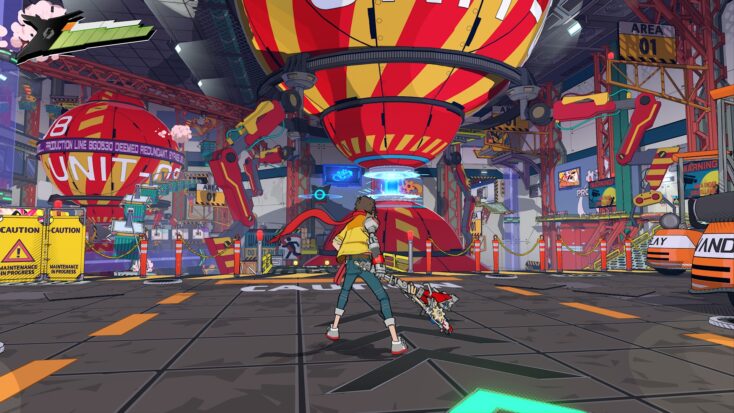
By jamming out to primo millennial rock, Hi-Fi Rush grounds its style in a particular pop culture moment, not in the interest of baiting nostalgia, but almost in the interest of making a pop art period piece. Trent Reznor isn’t getting any younger, but for a time he was, and the people that listened to Nine Inch Nails were burning with righteous anger just like Chai’s partner Peppermint.
Even more interesting than these licensed tracks is the copyright-safe for streaming alternative soundtrack. The band The Glass Pyramids substitute in new songs in place of the licensed music, matching the tune of the originals while replacing the lyrics and changing up instrumentation just enough to feel distinct. These aren’t any kind of Weird Al-style parodies, but rather a sort of tracing of the original song. The beat is there, and if you know what the original song sounds like you’ll recognize the similarity, but taken on their own these original songs encapsulate the feel of every level and boss fight, possibly due to the fact that they were written to bridge the gap between original gameplay and music written decades ago.
For example, the first boss fight of the game is typically backed by Nine Inch Nails’ “1,000,000” a stirring, propulsive industrial-tinged rock jam that fits with the giant robot you face off with during the fight. The copyright-safe song, by contrast, is entitled “Too Big to Fail” and puts a much finer point on the thematic heft behind one man literally trying to rage against the machine that’s looking to crush him. Both songs started with the same banging snare drum and similar sludgy guitar riffs, and it’s hard to say one experience is better than the other. The two songs simply guide the playing experience into two slightly different, parallel directions. One, the NIN track, goes for spectacle, while the Glass Pyramids track goes for thematic depth.
———
Ryan Stevens is a freelance games writer and playwright with bylines at Fanbyte, Polygon, Cultured Vultures, Unwinnable, Ninty Fresh Magazine, and more. They’re also the reviews editor for Ninsight Magazine. They never met a game they couldn’t overanalyze. You can find them on Twitter and Instagram.
You’ve been reading an excerpt from Unwinnable Monthly Issue 165.
To read the article in its entirety, please purchase the issue from the shop or sign up for a subscription to Unwinnable Monthly!




